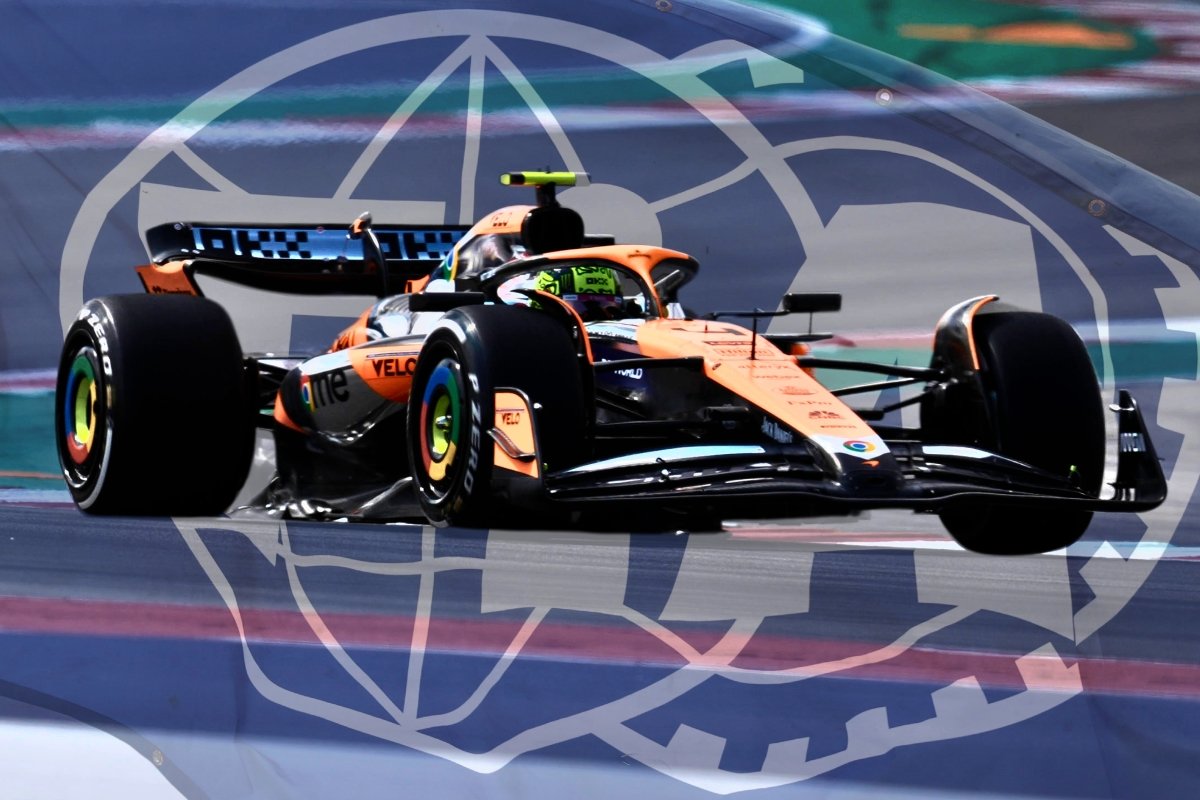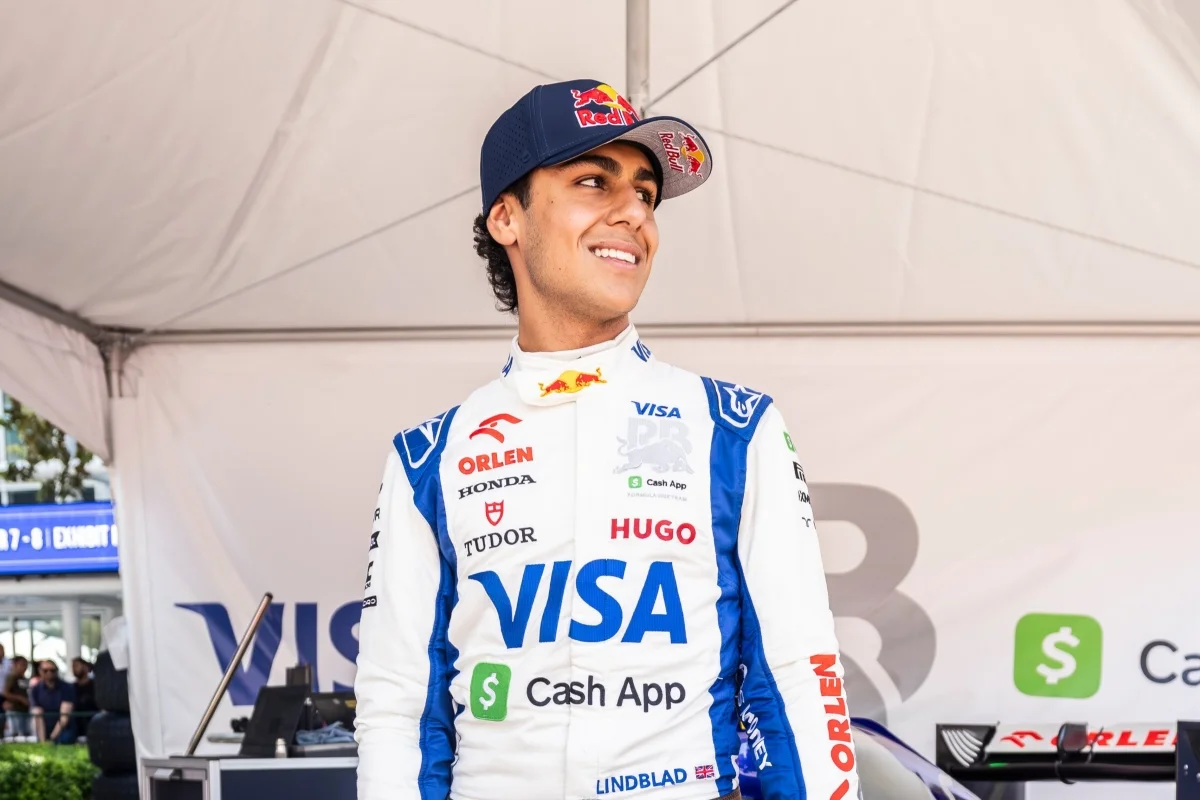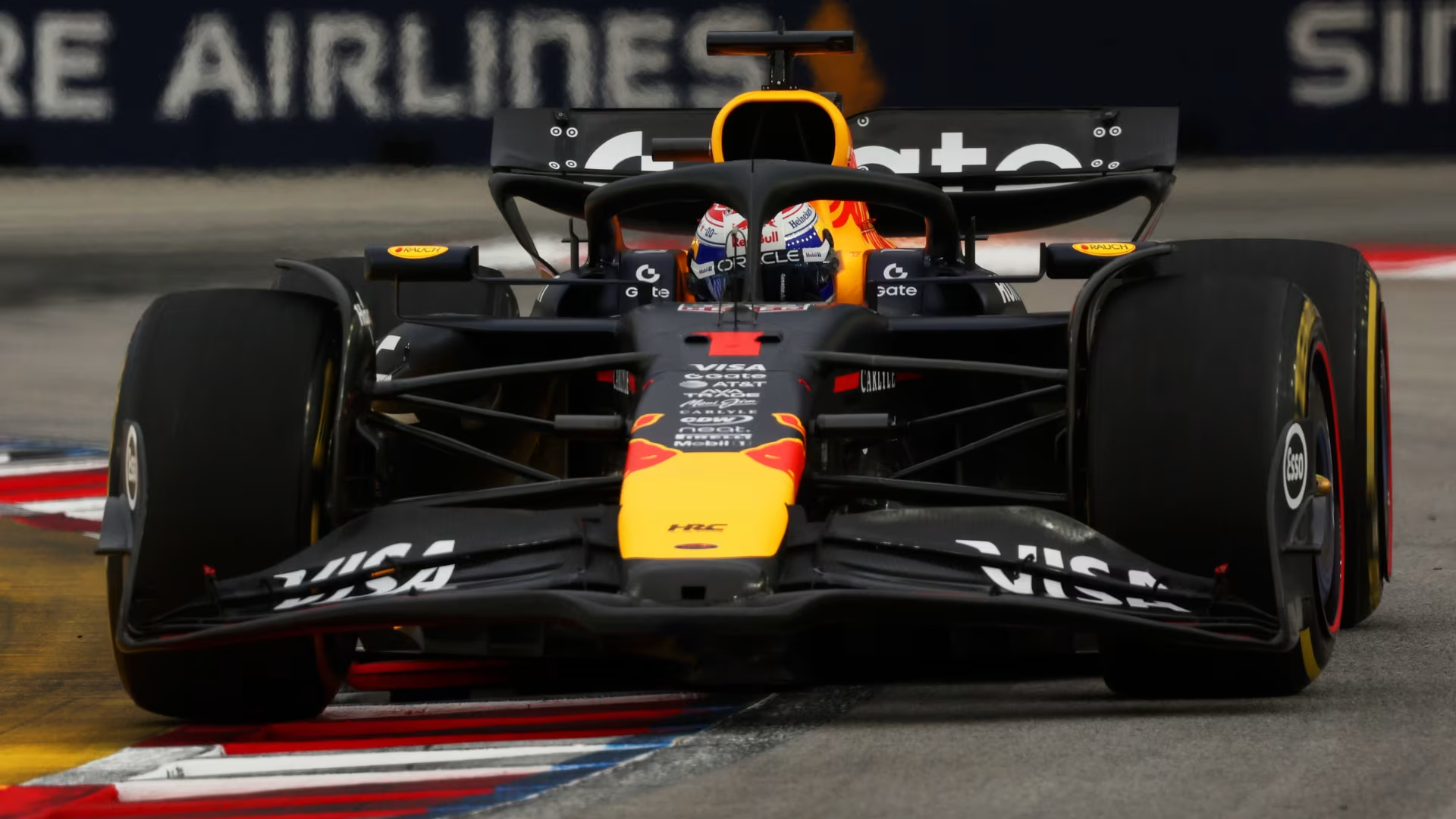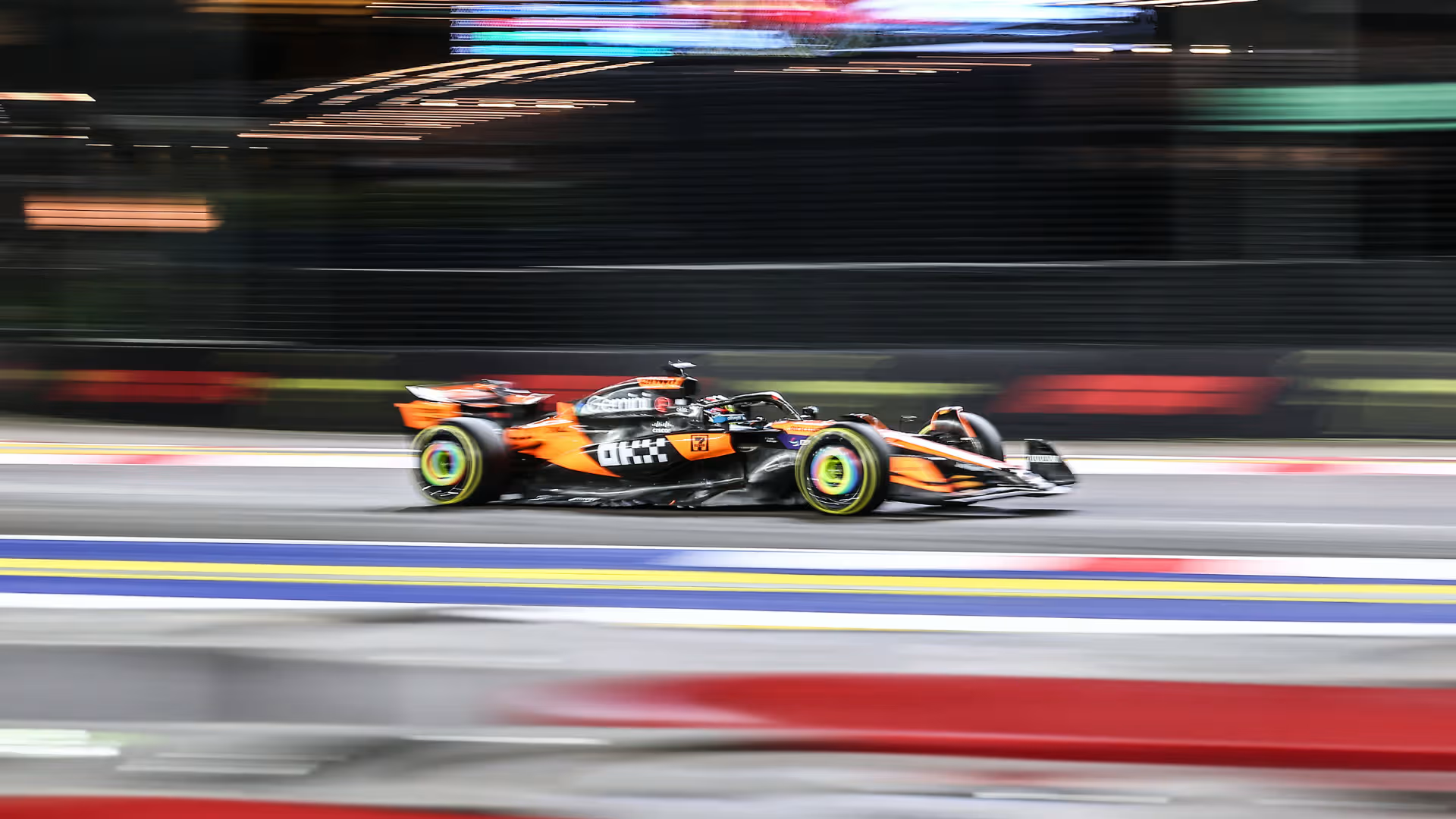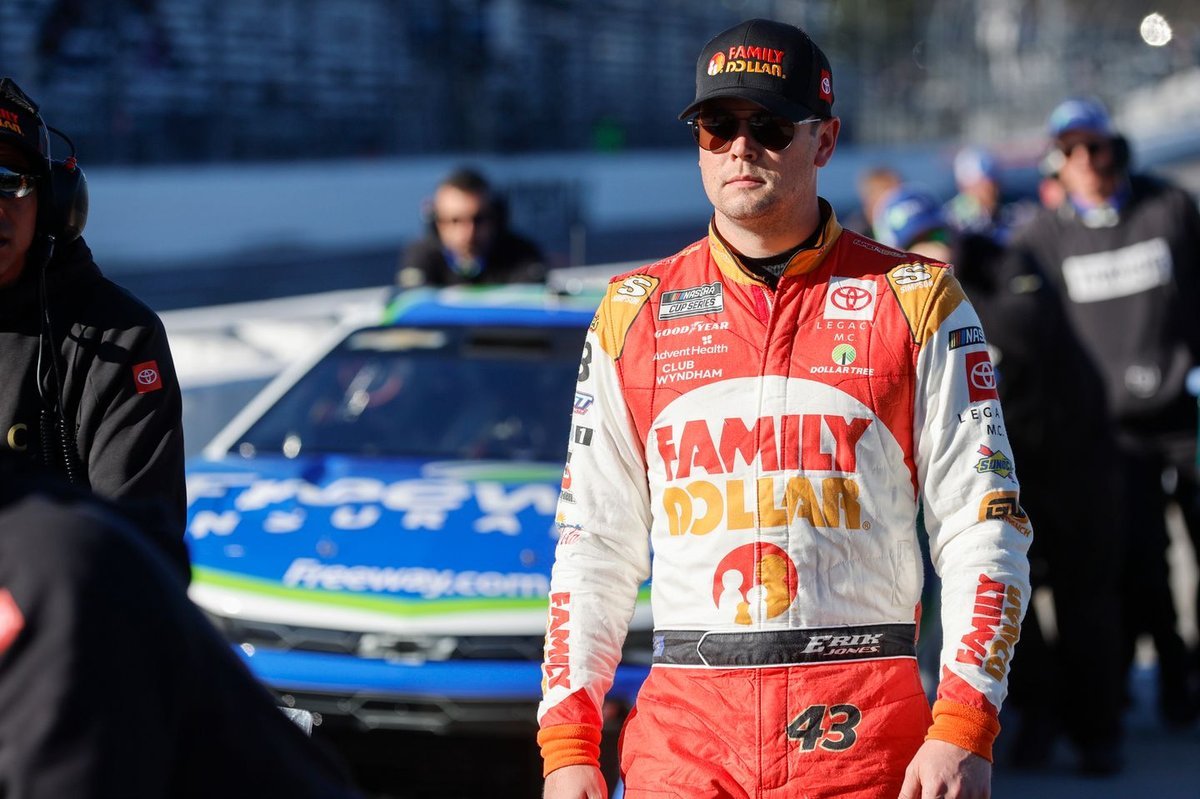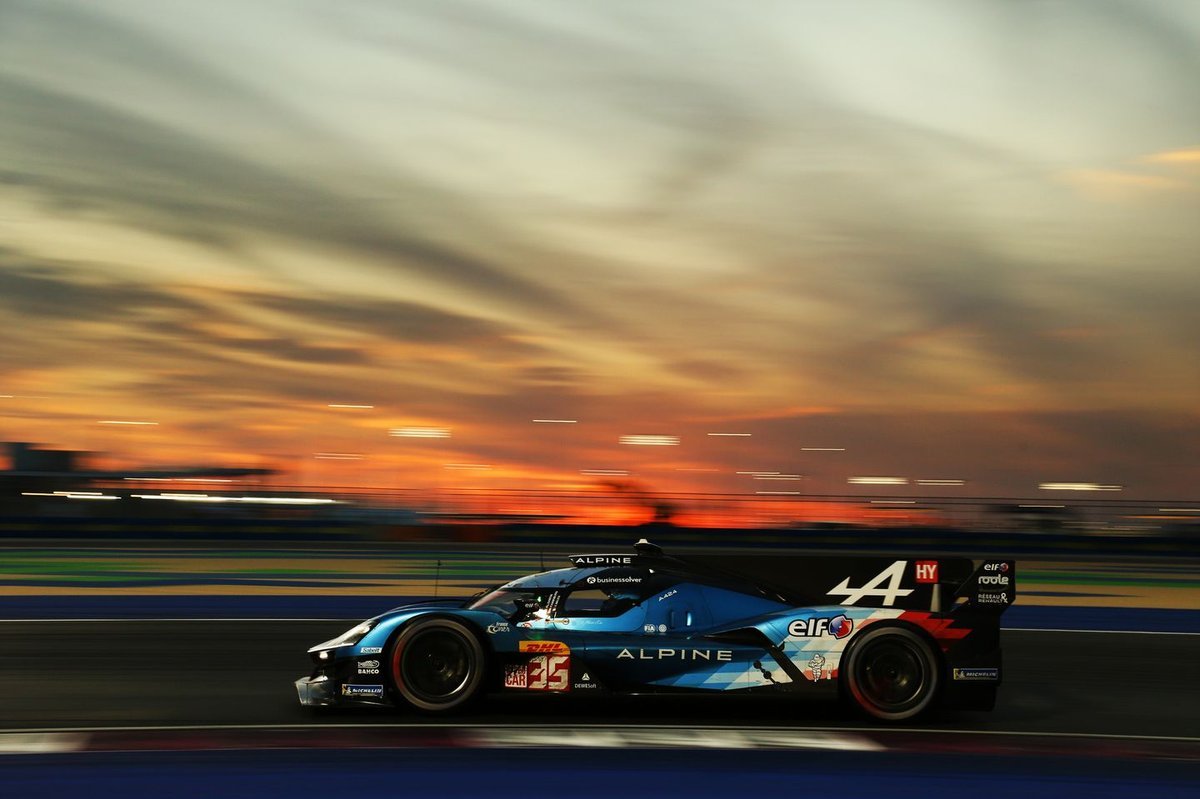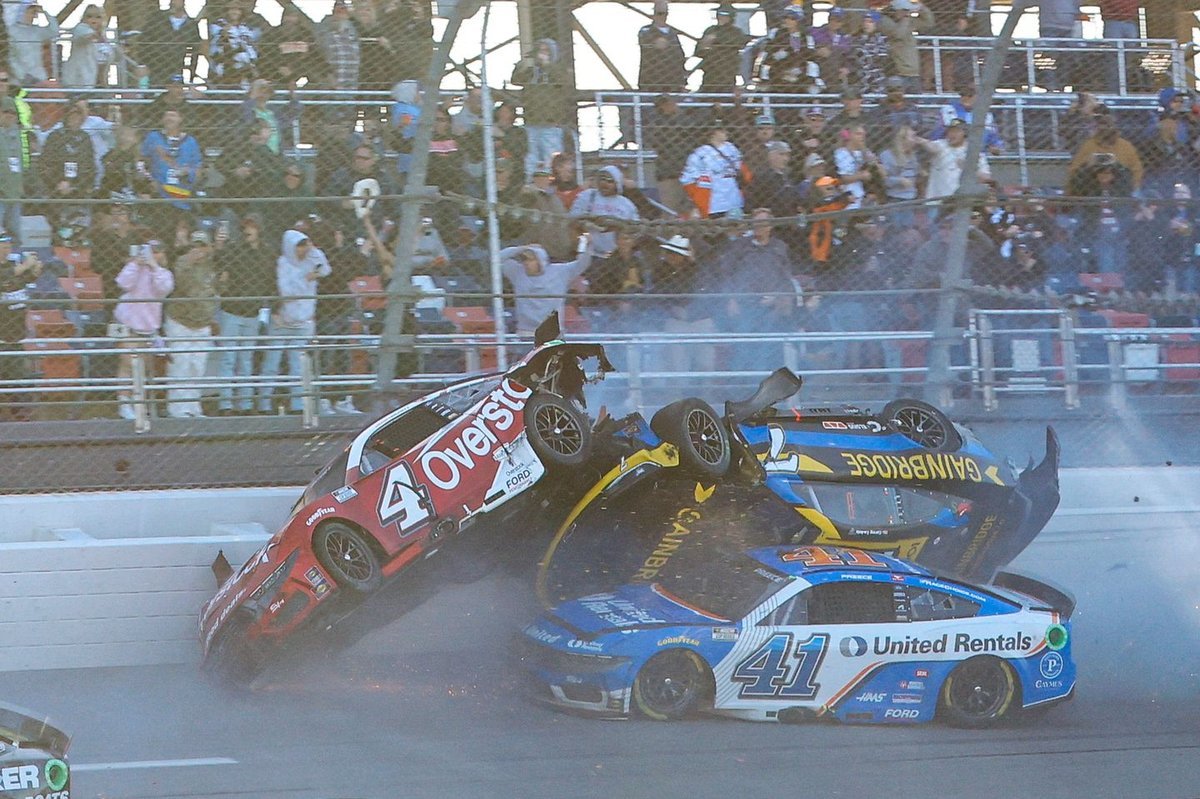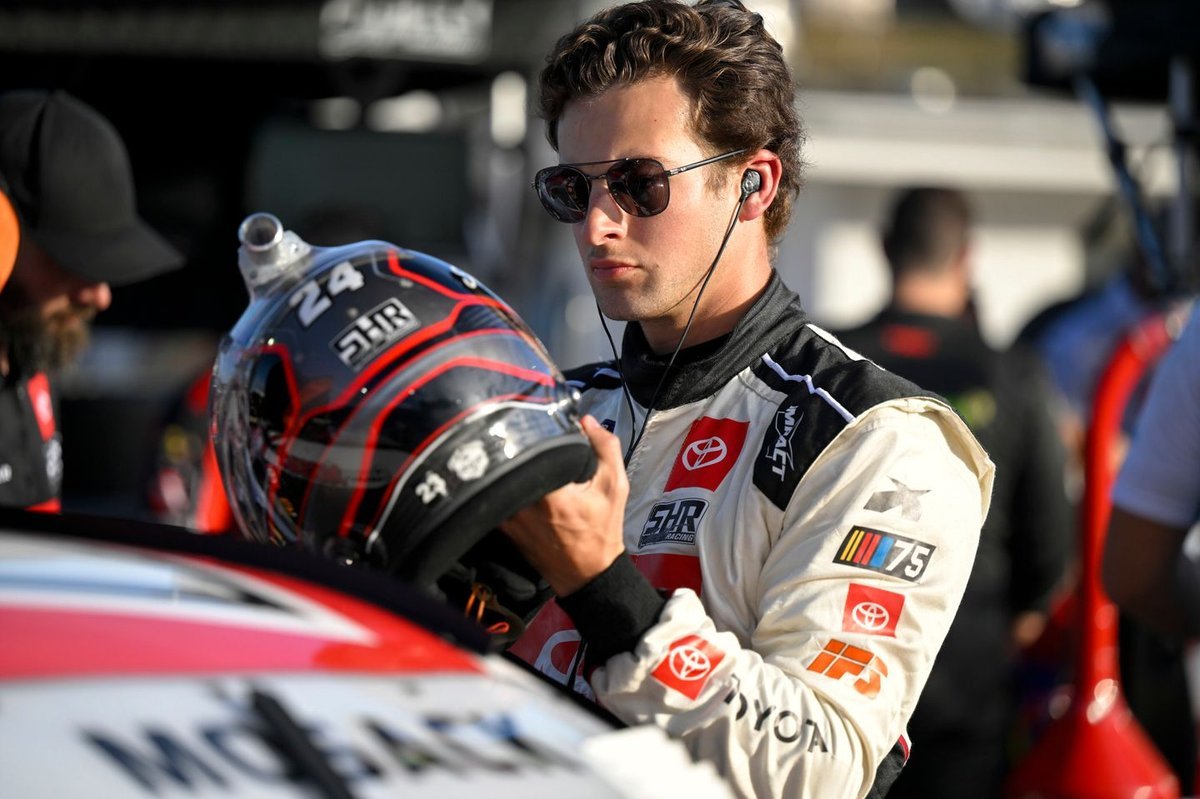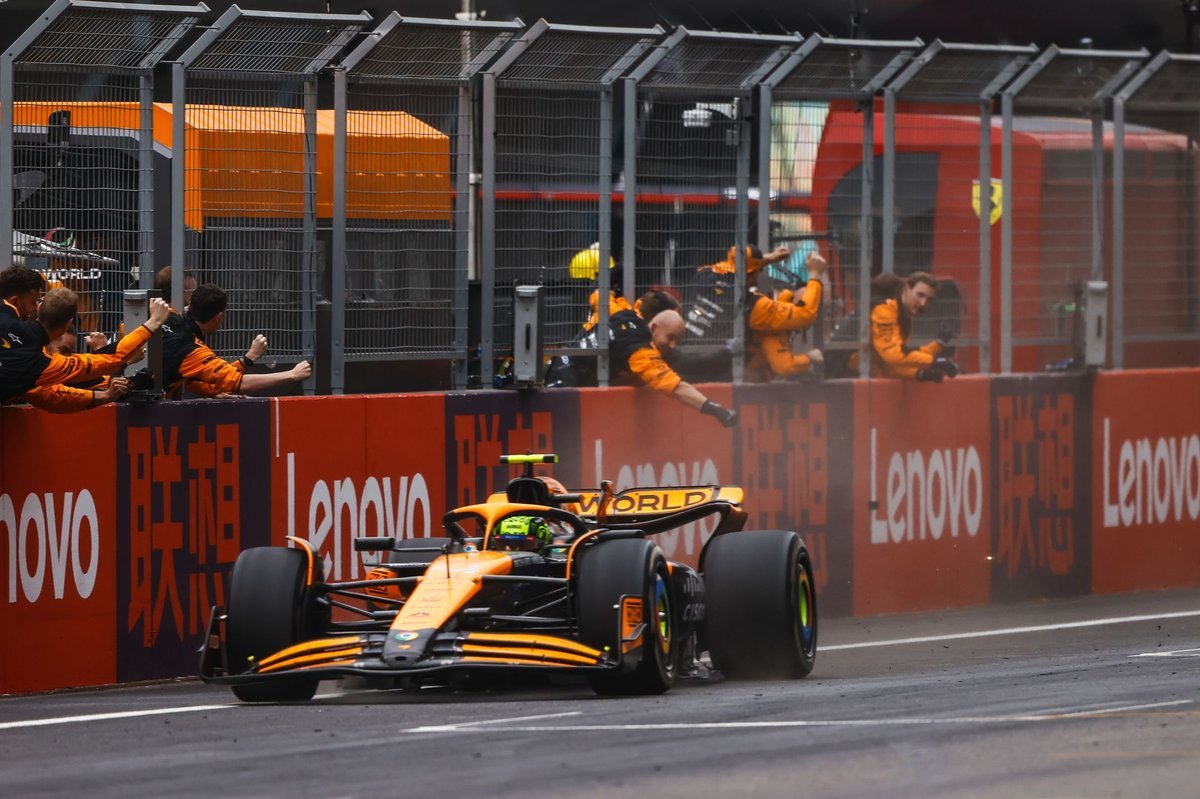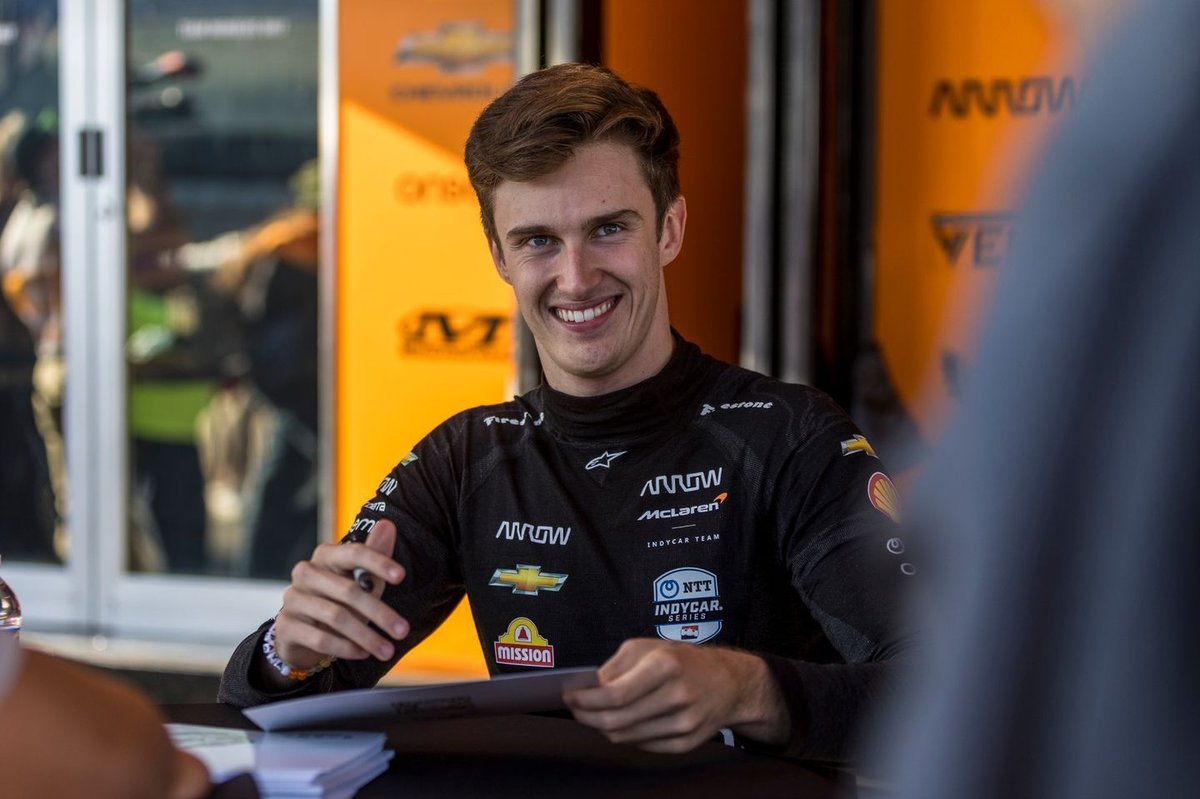Source – GPFans.com
In a new development in the continuing conflict between McLaren and Red Bull, the FIA has taken additional action regarding Formula 1’s contentious flexible wing regulations.
The battle over flexible wings in Formula 1 is far from over. In a dramatic new twist, the FIA has announced a sweeping crackdown on flexi-wings for the 2025 season, sending shockwaves through the paddock just as teams begin laying the foundations for next year’s challengers. The move comes after a season of controversy, where teams such as Red Bull and Ferrari repeatedly called for an investigation into the legality of McLaren and Mercedes’ wing designs. While the FIA ultimately deemed all 2024 wings compliant, the governing body has now decided to take preemptive measures to tighten regulations further.
Flexible wings have long been a contentious issue in Formula 1, offering teams a crucial advantage by allowing for an optimal balance between downforce and straight-line speed. By flexing under load, these wings enable cars to generate more grip through corners while maintaining impressive top-end velocity on the straights. This delicate balance played a pivotal role in McLaren’s resurgence in 2024, helping them secure their first Constructors’ Championship in over two decades. However, with Red Bull and Ferrari raising concerns over potential loopholes in the regulations, the FIA was forced to take action.
Throughout the latter half of the 2024 season, the FIA closely monitored teams’ aerodynamic components, ensuring compliance with existing rules. Yet, despite extensive scrutiny, all competitors were found to be within legal limits. Even so, the debate refused to die down, and in a decisive move, the FIA has now announced that stricter tests will be implemented in 2025. The new regulations will be rolled out in two phases, with the first targeting rear wings from the season-opening Australian Grand Prix in March. The second wave of tougher scrutiny will come into effect at the Spanish Grand Prix in late May, focusing on front wings.
An FIA spokesperson confirmed the organization’s commitment to closing any remaining gray areas in the technical regulations, ensuring no team gains an undue advantage through excessive flexibility in bodywork. The governing body stated that this phased approach would allow teams to adapt their designs without forcing them to discard existing components unnecessarily. The intent behind these changes is clear: to eliminate any ambiguity in the rules and create a more level playing field. By refining the methods used to monitor and enforce bodywork flexibility, the FIA hopes to preserve the integrity of the sport while ensuring that innovation does not outpace regulation.
The announcement has already sent engineers and aerodynamicists across the paddock scrambling to assess the impact of the impending changes. Teams will now be forced to re-evaluate their 2025 designs, with some likely needing to make significant alterations to comply with the new standards. The timing of the FIA’s decision adds another layer of complexity to the already intense development race, with teams now having to balance performance gains with ensuring their cars pass the more stringent tests. For some, this could mean a complete redesign of critical aerodynamic components, while others may find themselves benefiting from an approach that already leans towards the new regulations.
The implications of the clampdown extend beyond just the technical side of the sport. The decision has the potential to shift the competitive landscape, as teams that had mastered the art of flexible aero may find themselves struggling to regain lost performance. Meanwhile, those who previously lagged behind could see this as an opportunity to close the gap. With the 2025 season shaping up to be another fiercely contested battle, the FIA’s intervention ensures that yet another dramatic chapter in Formula 1’s relentless pursuit of speed and innovation is about to unfold.

